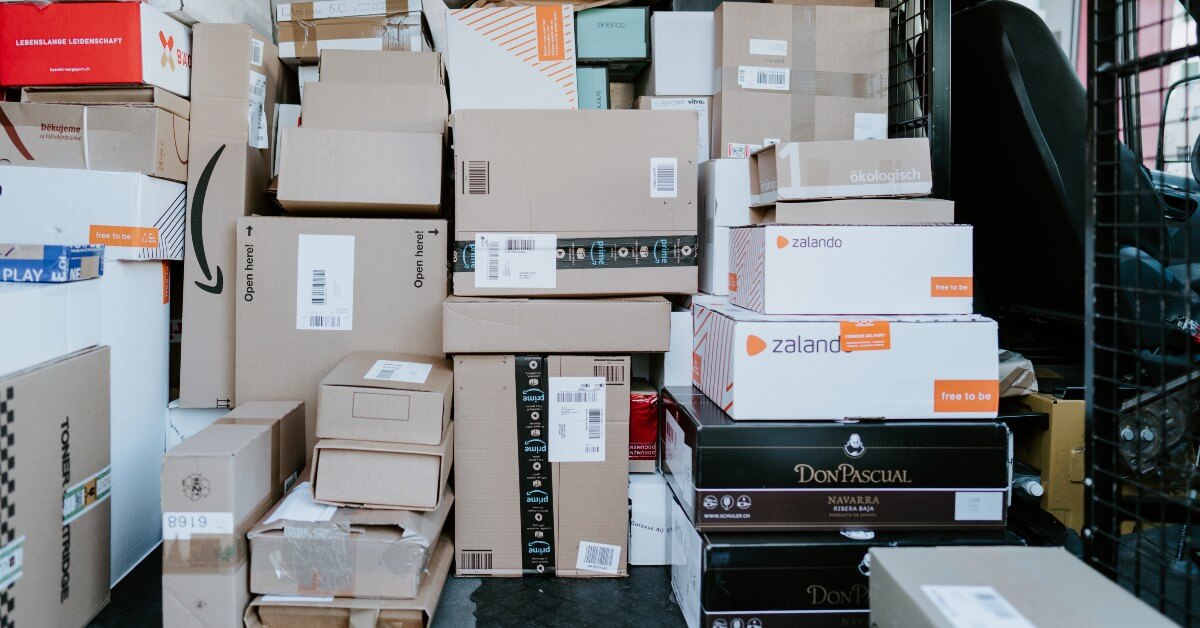What do dishwashers, calculators, and chatbots have in common? All are automated solutions to problems that humans use to solve manually.
Similarly, automated demand planning solves manual challenges and helps make your life that much easier in identifying exactly which inventory to order and when to order it, in order to effectively support demand. But what are the possible struggles and challenges you may experience when automating your demand planning processes?
Automated demand planning can be an excellent solution for your business, but it’s not without pitfalls. Let’s cover the top four ways you may struggle with automated demand planning—and how to counter those issues.
How Does Automated Demand Planning Work?
To understand how things can go wrong with automated demand planning, let’s first establish what happens when demand planning goes right. What is demand planning? Demand planning is the practice of analyzing your sales, recent trends, and leveraging this information to forecast, and plan to meet demand. Through this analysis, you’ll be able to meet customer demand for your products now and in the future.
You can automate your demand planning efforts by using an inventory planning software solution or a demand planning dashboard. This type of solution can help you produce advanced inventory forecasts to estimate your future demand and give you a prompt to replenish products right when you need them.
Automated demand planning relies on data analytics and machine learning, leveraging technology, trends, and historical data to help you get the right product, in the right place, at the right time.
When you get automated demand planning right, you can enjoy benefits including:
- Time Savings: Calculating and estimating future demand, scheduling deliveries, and managing warehouse space can be a massive time drain for your business. Automating as many of these processes as possible can save you time and help you operate more efficiently.
- Improved Customer Service: Customers come to your e-commerce store looking for a specific product and expect to receive that product within a particular timeframe. If your inventory processes aren’t as efficient as they should be, you may experience shipping delays (or worse.)
- Reduced Stockouts: Stockouts hurt your bottom line, making you lose sales and impacting the customer experience. When you nail your automated demand planning processes, you can drastically reduce the number of stockouts you’ll face.
- Reduced Overstock: Many brands tend to order more than they need because they're concerned about supply chain disruptions and delays. They figure it's better to overestimate that stock out. The challenge is they have so much capital tied up in stock and storage. By getting it right, you eliminate that challenge.
Flieber’s mission is to help direct-to-consumer sellers maximize sales through robust demand planning and inventory optimization. We’ve seen the pitfalls customers can fall into—and we know how to avoid them. Let’s discuss the top four challenges you may encounter when automating your demand planning efforts.
1. Unexpected Demand Changes
When you operate an e-commerce business, you know that you should always expect the unexpected. The dynamic nature of retail means that unforeseen changes in demand are inevitable. You may run into trouble if your automated demand planning efforts aren’t ready to account for those changes.
It may be simpler to account for demand changes due to seasonality or promotions, but how can you account for changes made by your competitors, demographic shifts, consumer preference changes, and more?
Unfortunately, it’s impossible to account for every scenario. The best way to avoid this challenge is to maintain safety stock in case of emergencies. You can also implement a solution like Flieber with forecasting calculations that account for most of these scenarios… and allow real-time adjustments for situations entirely out of your control.
2. Insufficient Algorithms
You’ll need to implement a demand planning tool to automate your inventory forecasting efforts, but you should understand that not all tools are created equal. Every business has unique factors that influence demand patterns. If your forecasting solution doesn’t account for all the factors that impact your business, you may find that you are forecasting off of incomplete information.
What factors influence your business? Consider factors such as:
- Previous stockouts
- Price changes
- Seasonality
- New events and holidays in your industry
- Outliers (Including COVID-19)
- Business growth (excluding outliers)
The best way to counter this challenge is to ensure you select a demand planning solution that works for your business. Before investing in a software solution, check reviews and testimonials from businesses like yours. You should also consider requesting a demo or trial to ensure the solution accounts for all factors most relevant to your business.
3. Manual Intervention
Automation is scary. For many business owners, automating a process feels like giving up control of a part of their business. As a result, manual intervention can be tempting. Instead of trusting the algorithm, you may be tempted to override the suggestions and make manual adjustments.
Manually processing demand planning algorithms is time-consuming. As a result, your demand planning efforts become challenging to scale. Additionally, you increase your risk of human error every time you interfere with your program’s calculations.
The best way to counter this challenge is to use automation to your advantage. For example, here’s how we manage this at Flieber: our program automates all your forecasts and recommendations. Then, you begin your planning process.
During planning, you will be able to enter parameters that allow the system to generate one PO per supplier. In other words, it saves time and reduces errors… while still allowing you to keep your finger on the pulse of your replenishment processes. The goal here is to use automation to improve your business insights without adding unnecessary manual work.
4. Fragmented Solutions
Finding a demand planning solution that unifies all your inventory processes for all locations, warehouses, and channels can be complicated if you sell across multiple channels. This difficulty is why the fourth challenge you may experience when automating demand forecasting is fragmented solutions.
Using a fragmented approach defeats the purpose of automated demand planning for your business. Siloing demand planning solutions instead of uniting your efforts across all channels can result in manual work, miscommunications, and increased human error.
You can also experience challenges regarding bundles and kits when your solution is fragmented. When forecasting for bundles, you need to forecast the total number of each product sold as a part of multiple bundles. For example, if you have a beauty kit and a hair kit containing the same brush, you’ll need to account for both of those bundles when ordering the brush in question.
When you add in multiple channels—and numerous bundles of this nature—your solution can get overcomplicated and out of control quickly.
The best way to counter this challenge is to work with a demand planning software provider capable of offering an omnichannel demand forecasting solution. We’ve implemented this into Flieber, allowing forecasting across all your sales channels. We also provide the only solution capable of accurately forecasting bundles and kits as described above. If these challenges sound familiar to your business, you may want to check out our free demo to see if Flieber is the right solution for you.
Automated Demand Planning Done Right
It can feel overwhelming to consider automating your demand planning processes. However, by avoiding the challenges listed in this post, you can implement an automated demand planning solution with ease.
To successfully automate your demand planning processes, you need to implement a solution that easily integrates with your other software and connects real-time data from multiple sources throughout your supply chain. Find a solution that connects your:
- Sales channels
- Production management software
- ERP
- Logistics
- Warehouses
- Fulfillment processes
- And more!
Flieber’s demand planning solution enables you to match your sales pace to your available inventory, helping you avoid stockouts, overstock, dead stock, and other inventory challenges. Schedule a demo today to see how Flieber’s solution can help you stop losing sales due to inventory planning issues!





